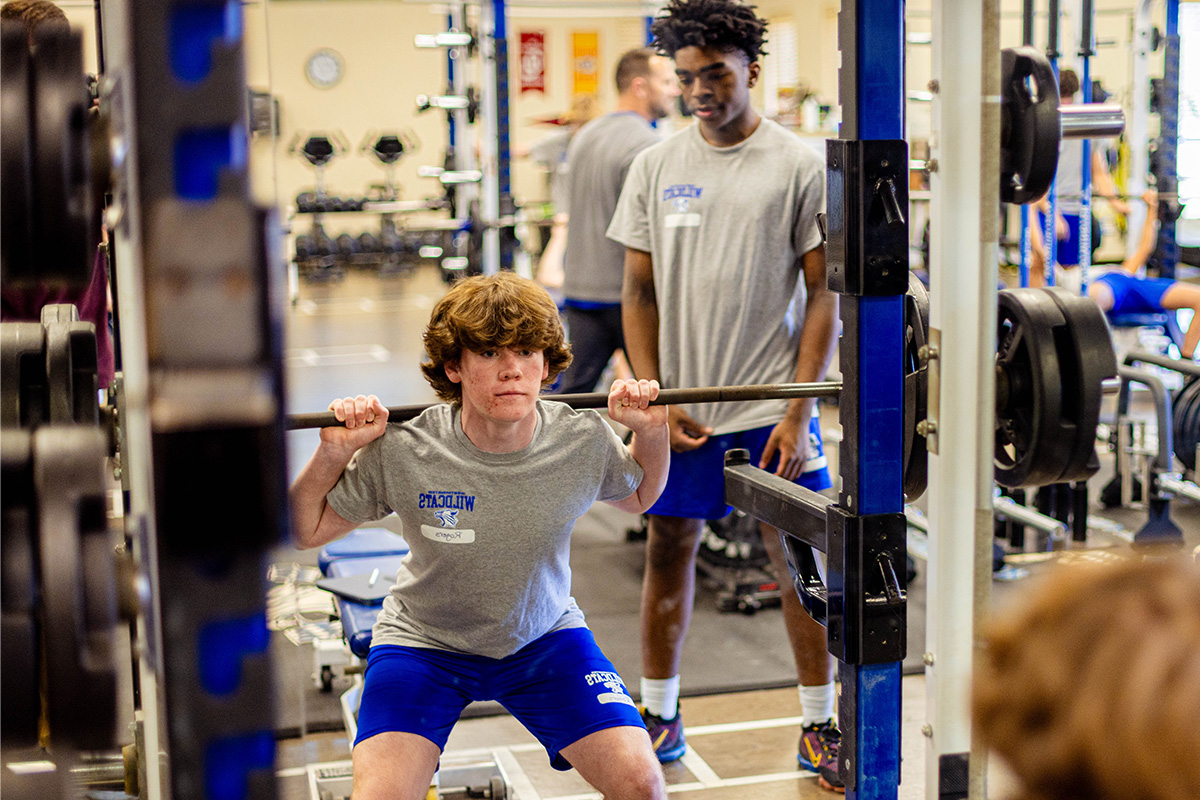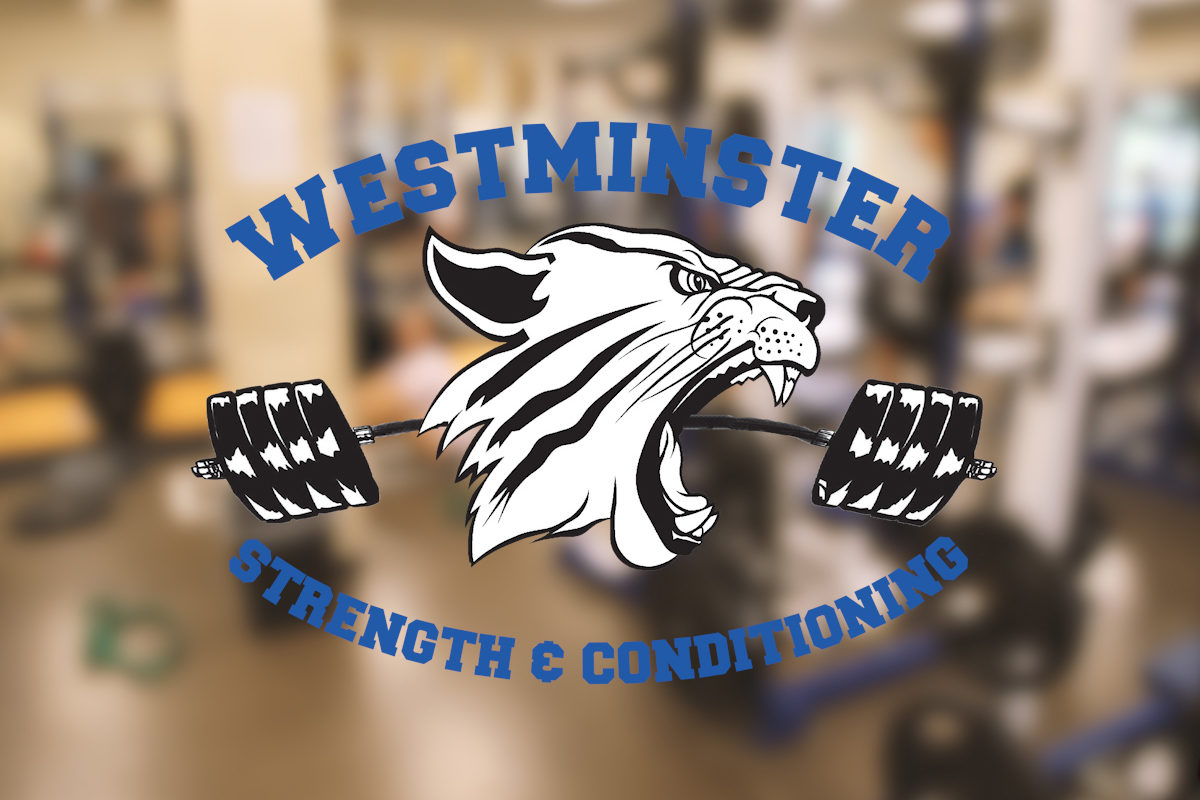Strength & Conditioning

Wildcat Strength & Conditioning
We train student-athletes to achieve their God-given potential and perform at peak athletic ability.

Training Options
Strength & Conditioning Classes
Students have the option to enroll in strength and conditioning classes during the school day while earning a half-credit toward their physical education graduation requirement. These athletes do not need to stay after school to train.
Middle School Strength Training
Any middle school students interested in lifting weights are invited to the weight room every Tuesday and Thursday from 3:45–4:30 p.m. Students are taught basic weight room procedures and a strength training routine specifically designed for their age group. There is no sign up required.
Out-of-Season Athletes
If a student is unable to fit one of the strength and conditioning classes into his or her schedule, he or she can work out after school on Monday, Wednesday, and Friday from 3:45–5 p.m.
In-Season Athletes
In-season athletes are in “maintenance mode” because of the training they do off-season and should focus on maintaining their strength throughout the season. As part of the strength and conditioning program, athletes work out twice a week for 30 minutes, focusing on four lifts with slightly lighter weights. The student’s coach will address the conditioning element.

